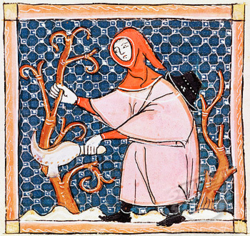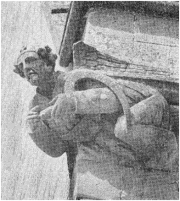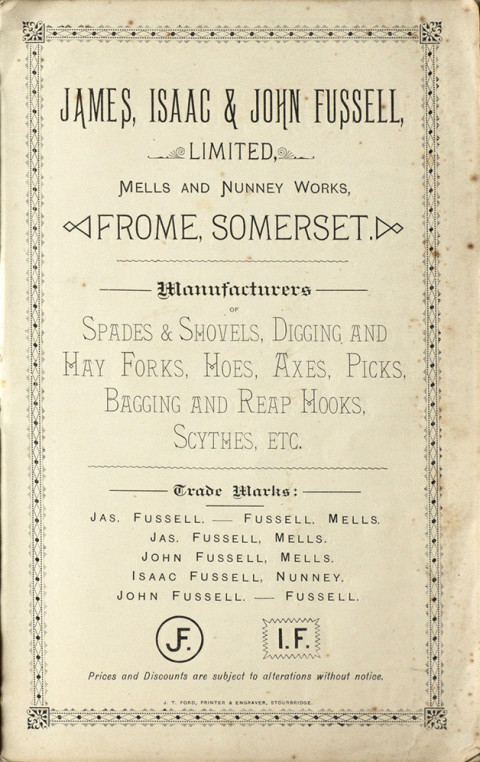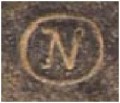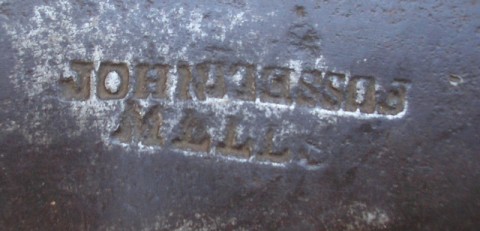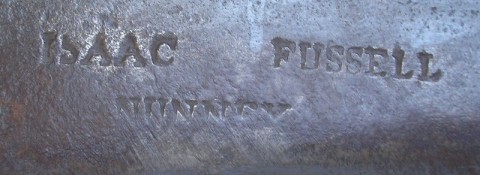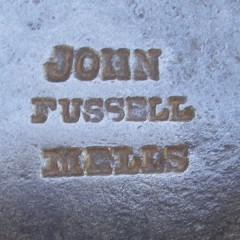The Fussell Dynasty (James, Isaac & John) - Men of Iron
In 1744 James Fussell, an edge tool maker from Stoke Lane (now known as Stoke St Michael), rented land from Lord Horner of Mells to establish a edge tool works. The full story can be found in the books 'Old Mendip' by Robin Athill and 'Men of Iron' by Robin Thornes. Under James' hand the firm grew and his sons and grandsons expanded the business into a nationally and internationally renowned company that survived until the late 19th century.
Fussell was one of the most successful edge tool makers in the West Country, sadly for a variety of reasons the firm failed in the 1890's and was bought out by Nash of Belbroughton in Worcestershire, and production moved there. The Somerset sites were abandoned, and by 1900 most had been 'robbed' for building materials and left in ruins. The Upper site at Mells, believed to be home to William Fussells hand making works survived intact until the 1920's.
A MS Powerpoint presentation on Fussells can be found in the section on Lectures and Talks. This was part of a course run by TATHS in 2013 on Tool Recognition for museum curators belonging to SHCG.
There is a website dedicated to Fussells, The Fussells Iron Industry Society, but having contacted the group it appears that lack of interest is likely to cause closure in the near future. (it will still be available using Wayback Machine). I have been given permision to use any images from the website, so most of this page will be based on their work.
Fussell probably produced catalogues, but none are known to exist except that produced by Nash, and printed in Stourbridge in 1895, just after they took over the concern. Even this one is very scarce, with only one or two copies known to exist. However, in 2001 it was reprinted by TATHS and copies still remain available from them.
The JF and IF logos have not been seen on tools actually made in Mells or Nunney, and is believed to be a mark introduced by Nash to match the Nash N in a circle logo.
